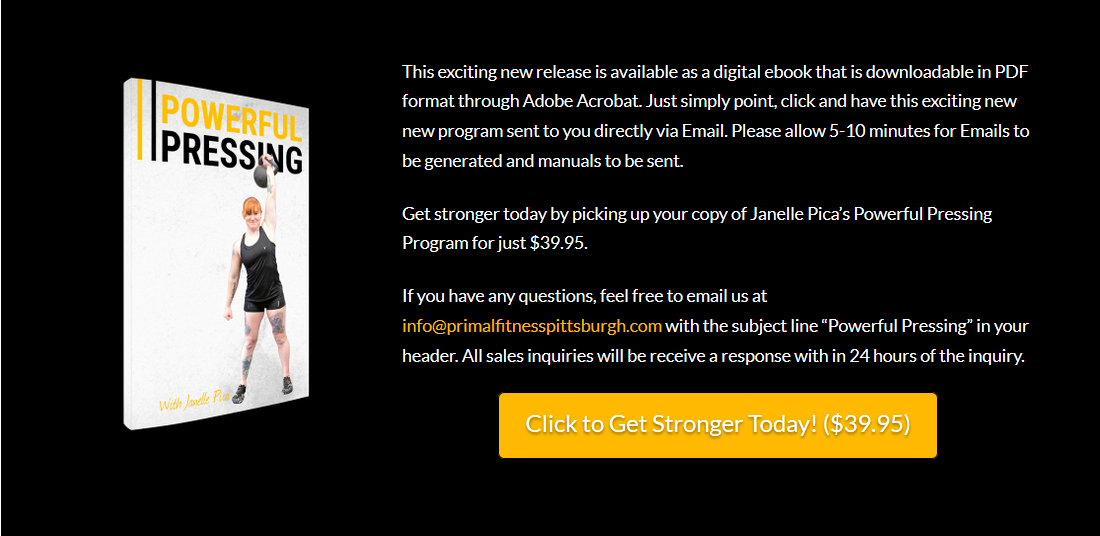The body weight pistol squat is an exercise that is all about balance and strength. I say balance first because there are a number of things that can actually throw your balance off regardless of how strong your legs may be. In order to master the pistol squat, you first have to make sure your body is in proper “alignment”. In my opinion, we have to make sure that the body has the correct mobility in order to establish the foundation for the movement of the pistol squat. Once we are balanced, we can then move on to working on our overall leg strength to conquer the pistol squat. So, in order to master the pistol squat, we must maintain our balance while increasing our strength. Let’s break this all down step by step.
To start, tight hip flexors can cause your knee to cave inward, causing you to wobble to the point of losing your balance during the pistol itself. Be sure to stretch them out properly before practicing the squat. Also, if you have tight hamstrings and quad muscles, you might find it difficult to anchor yourself downward. I highly recommend using a foam roller to roll out any knows in your hamstrings or quads and to help relax the muscles.
Now that you’re all stretched out, let’s talk about increasing your leg strength. First, find an adjustable box jump and start squatting on to the box with one leg. You will sit down onto the box with one of your legs extended. Over time, you want to lower the box until you reach almost floor level. Once you progress that far down, you are ready for the body weight pistol squat. There aren’t a certain number of reps you need to focus on for this exercise; rather you are teaching your body the pattern of moment. The more your practice, the more your body will “lock in that pattern” and gain the strength over time for the full pistol.
If you need more strength in your legs in order to anchor yourself the whole way down to the full, body weight pistol, here’s a tip. Grab a medium sized kettlebell (for me, that’s roughly a 12kg or 25 pound kettlebell. Men can use 16kg or 35 pound kettlebell) and perform front squats. Keep the kettlebell in the racked position in one arm and squat down. This will place and extra load on one side of your body, forcing each individual leg to work harder one at a time as opposed to working together in a traditional goblet squat. I have found that performing 3-5 sets of 6 front squats each leg has resulted in profound strength gains that have made the pistol squat easier for me. Give it a go!
I hope this clarifies some things for you all in terms of how to perfect the pistol squat. Remember; make sure you’re stretched and ready to go before working on the strength. Unnecessary tension will only hinder your form and lead to a possible injury. And we obviously want you hurting yourself. We want you to NAIL the pistol squat, and trust me, you will by following these simple little tips! If you need more information on body weight pistol squats or just body weight exercises in general, check out “Pushing the Limits” by Al Kavadlo at Dragondoor.com!

